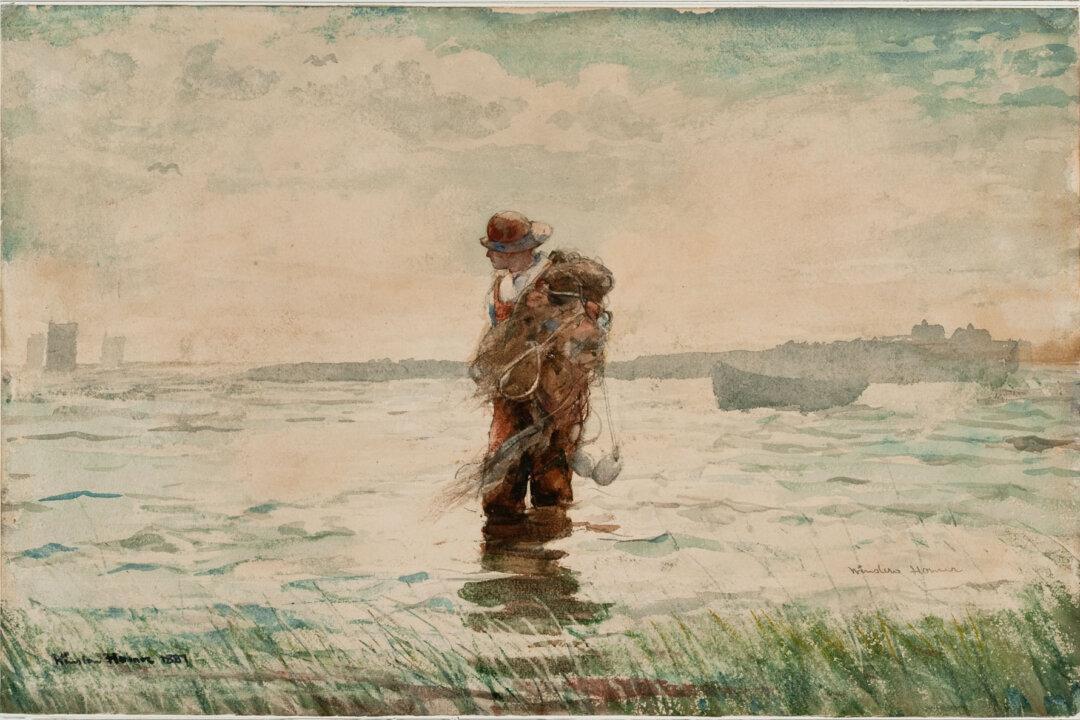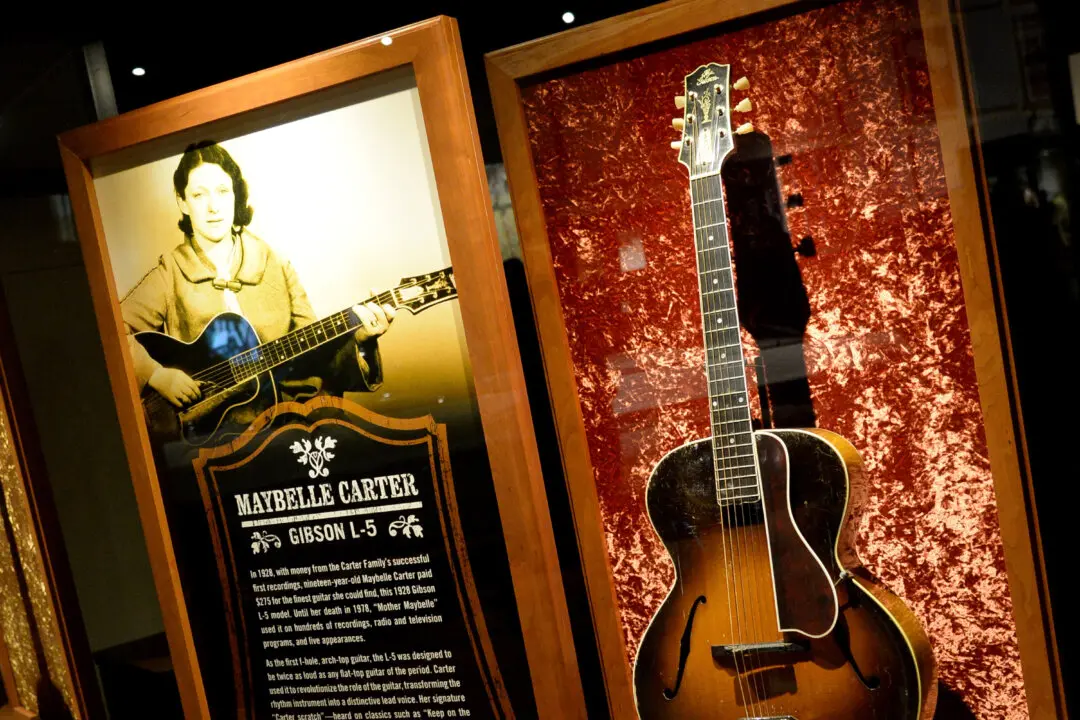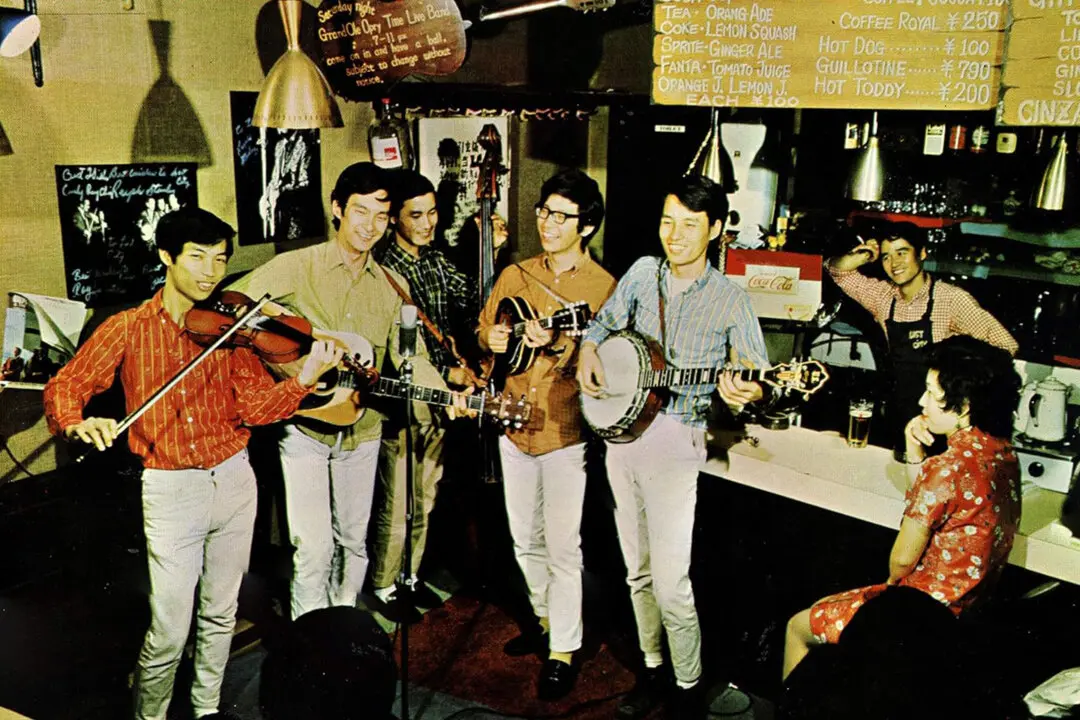Stephen Collins Foster was America’s first official full-time songwriter. He wrote over 200 songs, including hits like “Oh! Susanna” and “My Old Kentucky Home.” The lasting influence of Foster’s popular songs is evident today.
He wrote songs for the everyday American who enjoyed spending time with family, taking in a beautiful Southern landscape, and attending lively social gatherings. Foster’s dedication to music and appreciation for life’s many pleasant moments—big and small—made him one of the Romantic movement’s most successful composers and American history’s most culturally influential songwriters.





